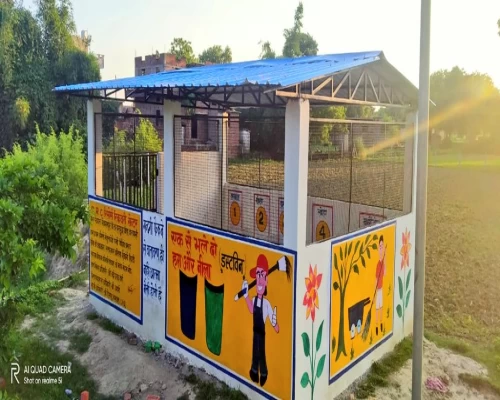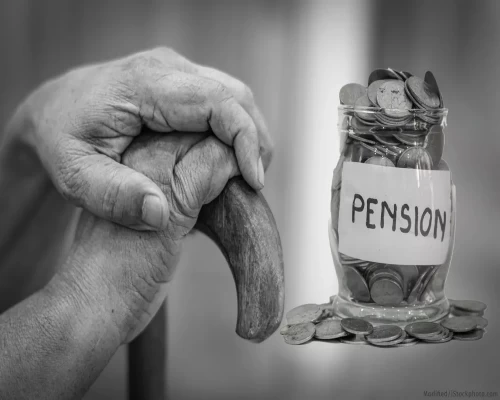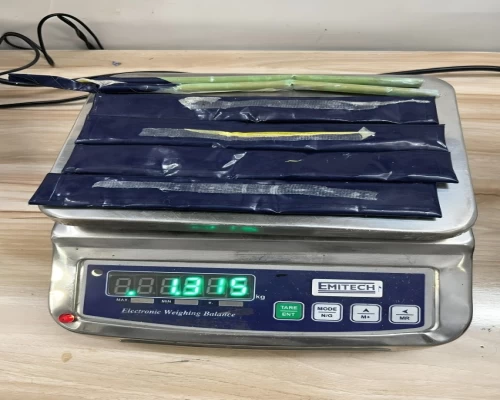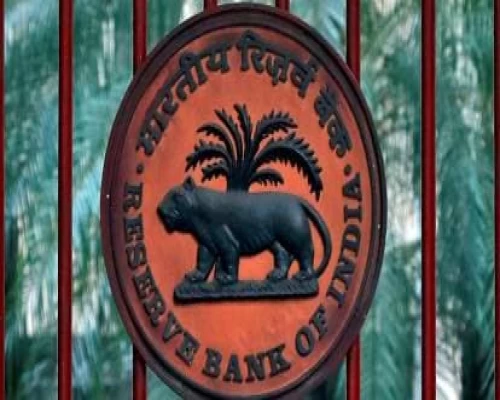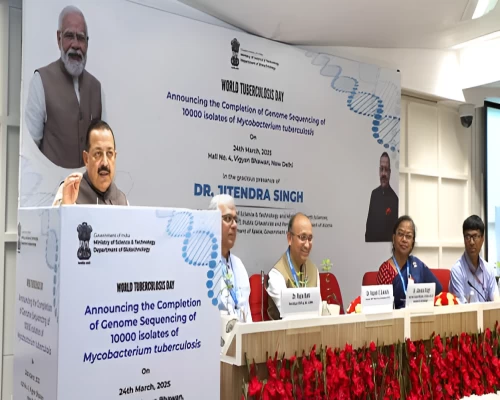
New Delhi: In the wake of reduced (Administrative Price Mechanisms) APM gas allocations, the government has revised its domestic gas allocation policy to give City Gas Distribution (CGD) entities better visibility and planning flexibility. The new framework, announced by the Ministry of Petroleum and Natural Gas, introduces forward-looking gas allocation and a shift in how New Well Gas (NWG) is distributed.
Starting from Q1 of FY 2025–26, CGD companies catering to Compressed Natural Gas (CNG) for transport and Piped Natural Gas (PNG) for domestic use will receive gas allocations two quarters in advance. This move is expected to help CGD entities plan procurement and supply operations more effectively.
“From Q1 FY 2025-26, domestic natural gas allocations for CNG (T) and PNG (D) segments will be done on a two-quarter advance basis,” said the ministry in a statement issued on Friday.
Another major change is in the handling of NWG, produced from new wells in nomination fields operated by ONGC and OIL. Instead of being distributed through auctions, NWG will now be allocated quarterly on a pro-rata basis by GAIL.
“Auction-based allocation for NWG has been replaced with a quarterly pro-rata allocation to ensure timely and reliable supply. GAIL will allocate NWG to CGD entities in proportion to their requirements, in accordance with prevailing MoPNG guidelines,” the ministry said.
The CGD sector continues to receive just over half of its projected demand from domestic sources. Allocation stood at 54.68 percent in Q3 FY 2024–25 and has been projected at 55.68 percent and 54.74 percent for Q1 and Q2 of FY 2025–26, respectively. “The broad trajectory in domestic gas allocation reflects the Government’s commitment to prioritise public-facing segments like transport and domestic cooking,” the ministry added.
The updated allocation model is expected to provide CGD players with more stable supply and improved affordability due to crude-linked pricing mechanisms. “These strategic measures by the Government will lead to enhanced ability of CGD entities to forecast demand and manage supply efficiently, improved supply predictability and better affordability for CGD companies due to crude-linked pricing. These measures will ensure a stable, affordable, and transparent domestic gas supply system for the critical transport and domestic segments under the CGD network, benefitting millions of urban and semi-urban consumers across India,” the ministry said.
The revision comes amid a noticeable cut in APM gas supplies. On April 15, major CGD players — Mahanagar Gas Limited (MGL), Indraprastha Gas Limited (IGL) and Adani-Total Gas — informed stock exchanges that APM gas allocations had dropped by 15–20 percent.
APM gas, sourced from legacy nomination fields, is priced at 10 percent of the Indian crude basket with a ceiling of USD 6.75/mmBtu. NWG, though sourced from the same fields, is extracted from new wells and priced at 12 percent of the crude basket — currently about USD 8/mmBtu.
Due to natural declines in production from ageing fields, APM gas output is falling by roughly 10 percent annually. Its share in the CGD sector’s allocation has dropped from 51 percent to 34 percent over the past year. The resulting shortfall has been compensated in part by costlier NWG, pushing up input costs for CGD companies.
However, with recent softening in global crude prices, the gap between APM and NWG prices may shrink. “As both APM gas and New Well Gas prices are linked to Indian Crude Basket prices, calculated monthly, with the recent decline in crude prices, this allocation of domestic gas would make natural gas more affordable for CNG (T) and PNG (D) consumers,” the ministry noted.
Despite that, NWG will likely remain the pricier of the two. Whether CGD players choose to absorb the cost, offset it through efficiencies, or pass it on to consumers through price revisions remains to be seen.
BI Bureau




